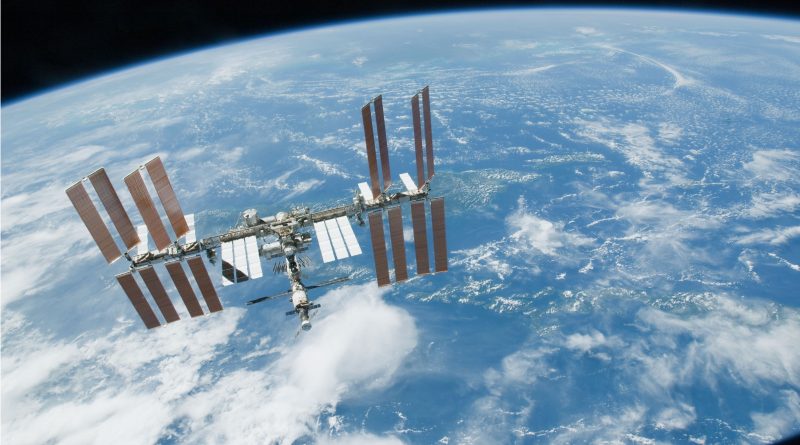Space Station Reboost, Possible USOS Crew Mission Extension & busy March Schedule
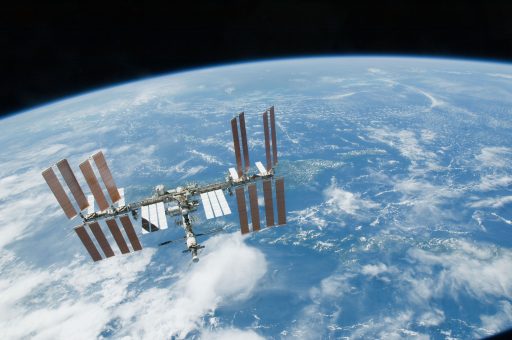
The International Space Station completed its first orbital reboost of 2017 Thursday morning to set up the proper orbital geometry for the landing of Soyuz MS-02 with three ISS residents and the launch of the MS-04 spacecraft in April.
The scheduled maneuver was completed at 3:10 UTC, firing the engines of the Station’s Zvezda Service Module for 43 seconds to accelerate the Space Station by 0.65 meters per second. Thursday’s reboost lifted the Space Station from an orbit of 399.4 by 407.8 Kilometers to a 400.0 by 409.6-Kilometer orbit, according to tracking data provided through U.S. Space Surveillance assets. This reboost put ISS into an orbit taking 92.67 minutes for one lap around the Earth; it was the first boost of the Station’s orbit since early November 2016.
The Space Station regularly completes reboost maneuvers to maintain its orbital altitude around 400 Kilometers, countering a gradual decline in speed due to drag in the outermost layers of Earth’s atmosphere. Reboost maneuvers are also used to set up phasing for visiting vehicle arrivals and departures, creating the orbital geometry needed for efficient rendezvous maneuvers, especially for the crewed Soyuz craft that employ a six-hour launch-to-docking profile requiring a precise phasing setup.
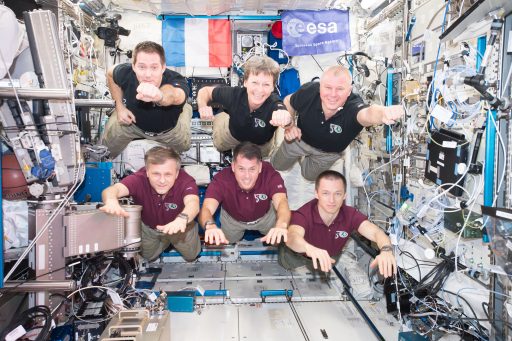
Thursday’s maneuver was performed to tweak the Station’s orbit and set up the proper track for the landing of Soyuz MS-02 on April 10, marking the homecoming of ISS Expedition 50 Commander Shane Kimbrough and Cosmonauts Sergei Ryzhikov and Andrei Borisenko after 173 days in orbit.
The maneuver also set up the orbital geometry required for the expedited rendezvous of Soyuz MS-04, gearing up for liftoff with veteran Commander Fyodor Yurchikhin and NASA Astronaut Jack Fischer on April 20 at 7:13 UTC followed by a six-hour link-up for an express docking to the Poisk Module – marking the first four-orbit mission of the new MS class vehicles.
Soyuz MS-04 launches with a crew of two instead of the usual three crew members after Russia decided to reduce its crew aboard ISS from three permanent residents to a pair of Cosmonauts because the workload on the Russian Segment will not justify a crew complement of three, at least until the country’s flagship science module ‘Nauka’ can be launched. NASA, through a deal signed with Boeing, decided to take advantage of empty seats on the upcoming Soyuz MS-06 and MS-08 missions in September 2017 and March 2018 to temporarily increase the US Segment crew to four and gain an additional pair of hands for the busy scientific program aboard the orbiting laboratory.
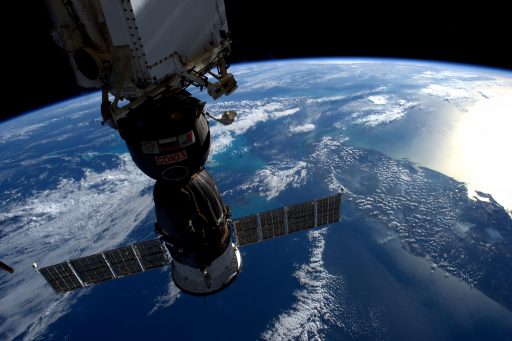
NASA is also evaluating whether to take advantage of the empty seat on Soyuz MS-04 and move one of the Soyuz MS-03 crew members to the MS-04 spacecraft and extend their mission from a planned June homecoming to early September. The two crew members in question are veteran Astronaut Peggy Whitson who will assume the commander position for Expedition 51 and ESA Astronaut Thomas Pesquet.
Russian sources have indicated that Roscosmos has given the all-clear to move one crew member from MS-03 to MS-04, but NASA has not yet committed to the mission extension. A switch in Soyuz spacecraft would require a simple swap of the crew member’s Kazbek seat liner that is custom fitted for each Soyuz passenger and built for easy transfer from one spacecraft to another.
Peggy Whitson is understood to be the leading candidate given her extensive experience with ISS Systems and Operations gained over the course of three long-duration increments. She was also identified as a candidate for the ‘Year-In-Space’ Mission completed by former Astronaut Scott Kelly in 2015/16.
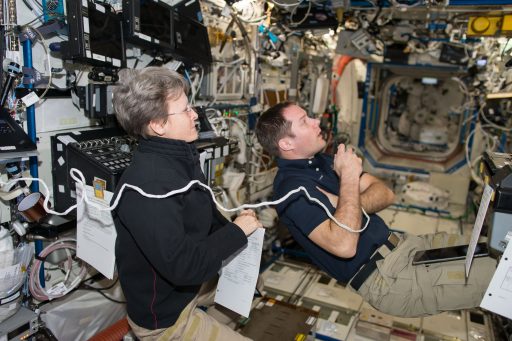
The proposed transfer of a crew member to Soyuz MS-04 would extend their mission from 197 to 290 days with landing currently expected on September 3. This would mark the third longest stay aboard the International Space Station after Scott Kelly and Mikhail Kornienko’s 342-day mission. A stay of 290 days would place the crew member 7th on the all time list for the longest continuous space mission.
Without the extension of Whitson’s or Pesquet’s mission, ISS would be facing an eight-week period of two-crew operations as only Yurchikhin and Fischer would be onboard ISS between the June 2 landing of Soyuz MS-03 and the launch of Soyuz MS-05 on July 28 – a gap created by technical issues causing Soyuz flights to slip. Extending one crew member’s mission would allow the USOS to continue operating at a crew of two and then at a crew of four once MS-05 arrives, minimizing a loss of time for utilization arising from the changed Soyuz launch schedule.
In the near-term, ISS is looking at a busy schedule in March to continue preparations for the initiation of Commercial Crew Missions with initial test flights toward the end of the year and crewed missions planned to start in 2018.

In February, ISS completed a multi-day core software upgrade campaign known as the X2R15 upgrade that updated the software running on the station’s Control & Command Multiplexer/Demultiplexers, Computer Software Configuration Items, and some of the Portable Computer Systems.
X2R15 implements support of the C2V2 communications system used by Commercial Crew Vehicles, a new emergency auto response to a rapid ISS depressurization, Dual-Integrated Communications Unit Capability, an increase in Telemetry Format Versions required by the new visiting vehicles, and updates to Fault Detection, Isolation and Recovery.
Upcoming in March is a series of up to three USOS spacewalks by Peggy Whitson and Thomas Pesquet plus the transfer of Pressurized Mating Adapter 3 from its current location on Node 3 to the Zenith Port on Node 2 to establish a second docking port for Boeing’s Starliner and SpaceX’s Dragon.
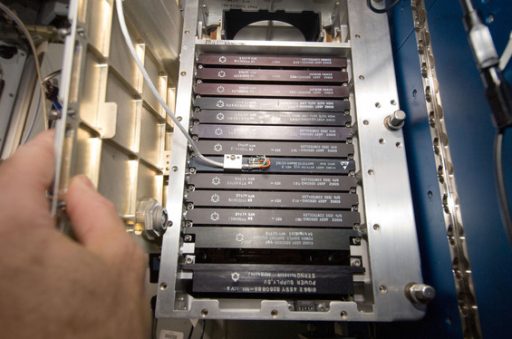
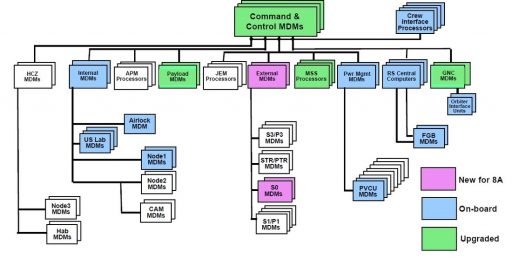
The first spacewalk, planned before PMA-3 relocate, is expected to complete final preparations for the move of the Mating Adapter, conduct maintenance on the Station’s Dextre robot and includes the installation of new external EPIC MDM’s (Enhanced Processor & Integrated Communications Multiplexer/Demultiplexers) to continue the upgrade of the Station’s computers to 21st century technology.
The EPIC MDMs make use of modern processor technology, increased memory, and an Ethernet port for data output to be able to handle more concurrent operations for the simultaneous operation of a greater number of components and experiments. The new External MDMs were fabricated aboard ISS back in January by fitting an existing MDM housing with new circuit cards and Ethernet interface in readiness for its installation on the exterior of ISS.
The groundwork for both, the PMA-3 relocation and MDM installation, was laid in a number of recent EVAs by routing cables for the PMA and its International Docking Adapter as well as data and electrical lines already placed for the MDM installation.
The transfer of PMA-3 from Node 3 Port to N2Z will be completed robotically before the second spacewalk that will accomplish work on the newly installed PMA-3, its former spot on Node 3 where covers will be secured and more work on the EPIC MDMs that will be in charge of controlling a number of external ISS systems. A third EVA will be used to catch up on tasks left open in the first two excursions and work on ExPRESS carrier avionics (ExPCA) unit 4 that delivers data connectivity from the ExPRESS Logistics Carrier to the Station’s data system for command and control of hardware and experiments installed on the ELC.

